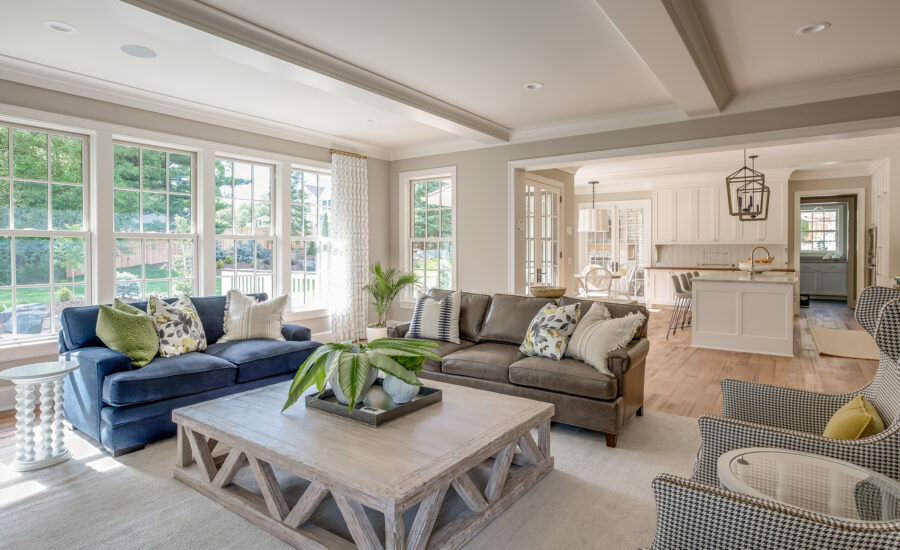Custom crafting your home
Today’s best windows are often twice as energy efficient and effective at retaining heat and air conditioning as the single-paned units we knew not long ago, but only 15-20% more efficient if those old units have storm windows on them. The average homeowner in the United States pays about $1,000 a year to heat and cool a home, meaning it would take you more than 100 years to earn back your investment. As most renovators know, the products sold today do not stand up as well to the elements as the wood used 50 to 100 years ago. So, to avoid seeing your new windows rot, you’ll want to consider an alternative to solid wood. Vinyl windows are the most affordable choice or you can even try aluminum and fiberglass options available.
Restore your windows
If your old windows are drafty, rattle, stick or won’t stay open doesn’t mean you have to replace them completely. A window restoration specialist like TightSeal understands older homes may still have solid frames in great condition. That kind of overhaul typically runs $100 to $350 per window, and by the time you’re finished, the old window frames may wind up nearly as efficient as brand new ones. Besides, some old houses have beautiful window frames that are well worth keeping. And if you’re looking to slash energy bills, there are more cost-effective ways than replacement frames to do it, such as pocket replacement windows. If your frame turns out to be in good shape, consider a more energy-efficient glass window.
Style is important
Homeowners get the majority of their replacement window investment back when they resell their home. Choosing the wrong windows and replacements can detract from home value or avoiding replacements altogether can cost you big in the short term and the long run. When replacing your windows make sure to match the look of the original windows using wood rather than vinyl to replace existing wood and matching the divided light pattern the number of panes in each window from the originals.
Perhaps full replacement windows is the next move
There are a couple ways to replace windows. The contractor can pull off the interior and exterior trim to install a whole new window unit then insulate all the gaps before reinstalling the trim on both sides (the same during a full renovation project). Another option is TightSeal can install a window insert known as pocket replacement, which is a smaller unit that fits inside the existing frame without the need for removing the existing trim. This saves in labor costs, but it doesn’t allow for insulating the air gaps common around window openings, so inserts may yield far less in energy savings. The overall size of the inserted window replacement will be two to four inches smaller and it will look like a retrofit rather than a window that really belongs.









